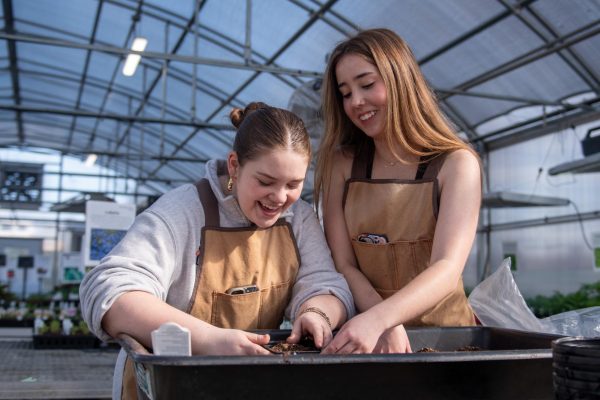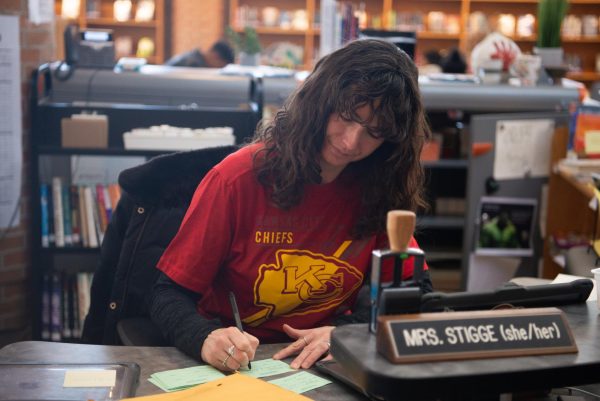Staff Editorial: What’s Really Killing the Ocean?
Social media has tricked humans into demonizing plastic
October 3, 2019
The Great Pacific Garbage Patch is nestled between Hawaii and California. It covers 617,000 square miles, according to PBS, a span more than double the size of Texas. It is even visible from space.
The media has started a revolution that attempts to demonize the plastic industry over all other sources. Almost every social media platform is flooded with photos of baby sea turtles washed up after choking on a straw or getting caught in another form of plastic. Although pulling out a reusable straw at dinner is a step in the right direction, plastics make up a mere eight percent of the total debris in the patch, according to National Geographic.
Social media has effectively twisted what’s really going on in the oceans. The popular slogan “Skip a straw, save a turtle” is seen everywhere from T-shirts to Snapchat stories. Most of the destruction to oceans, however, is completely out of our direct sight. The leading cause of ocean pollution is the agriculture industry, according to Mission Blue. Led by oceanographer Dr. Sylvia Earle, Mission Blue works to inspire action to explore and protect the oceans. When served a burger at a restaurant, most people aren’t considering the impact factory farming has on the oceans because they can’t see it. We need to remember farm waste doesn’t just stay on farms and agriculture contributes directly to the rise of sea temperatures and ocean acidification, according to Mission Blue and a host of other organizations. Using a plastic grocery bag is tangible— we see the bag, and we understand the impact it may have. We may not like to admit it, but often humans take on an “out of sight, out of mind” attitude when we know we are doing something that could have a negative effect.

Twenty-three-year-old Boyan Slat founded the organization Ocean Cleanup in order to take on the $32 million job of cleaning the Great Pacific Garbage Patch. A study Slat and his team completed in 2018 revealed that 46 percent of the entire patch is formed by fishing nets, compared to the eight percent formed by plastics. A majority of the remaining debris is made up of other fishing gear, such as ropes and baskets.
An estimated 100,000 marine animals are suffocated or injured by plastic each year, according to National Geographic. However, the depiction we see online is greatly inaccurate. It is not our Starbucks cups and grocery bags that are the primary culprit. Blame should be left to the corporate fishing industry, who often carelessly discards old fishing nets in the ocean or allows them to float away without concern. Consumer plastic is a far more minor cause than we have been led to believe.
A typical argument against boycotting fish is that if the fishing’s already been done, and the restaurant has already purchased it, there’s no reason to not eat it. Think smarter. If more fish start going to waste, why would the restaurant or store’s owner order the same amount next time?
Plastic waste should still be taken seriously. There’s no reason to use a plastic grocery bag instead of a reusable bag from home. People should reduce their plastic footprint as much as possible, but also open their eyes to other killers of the ocean. Boycott the fishing industry as much as you can. Opt out of the surf and turf lunch next time. If you don’t think you can give up shrimp completely, try saving it for special occasions only. Search for petitions to sign online pushing for more restrictions and greater control over fishing corporations and agricultural operations. Do your research before purchasing fish at the grocery store.
Sushi may be your favorite food on earth, but next time you find yourself at Sushi Mido for dinner, reusable straw in tow, think about the even greater positive impact ordering a vegetarian roll would have on the oceans.








